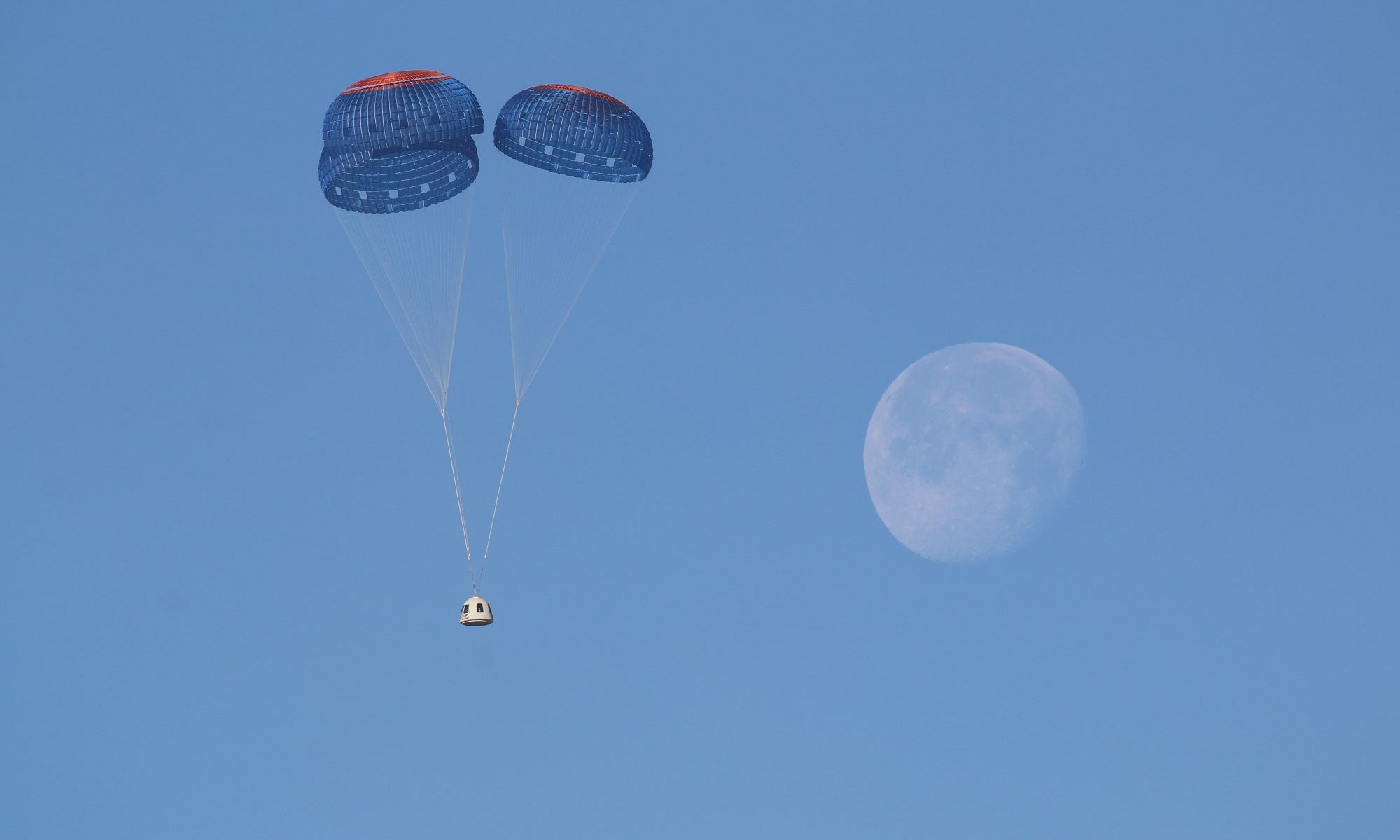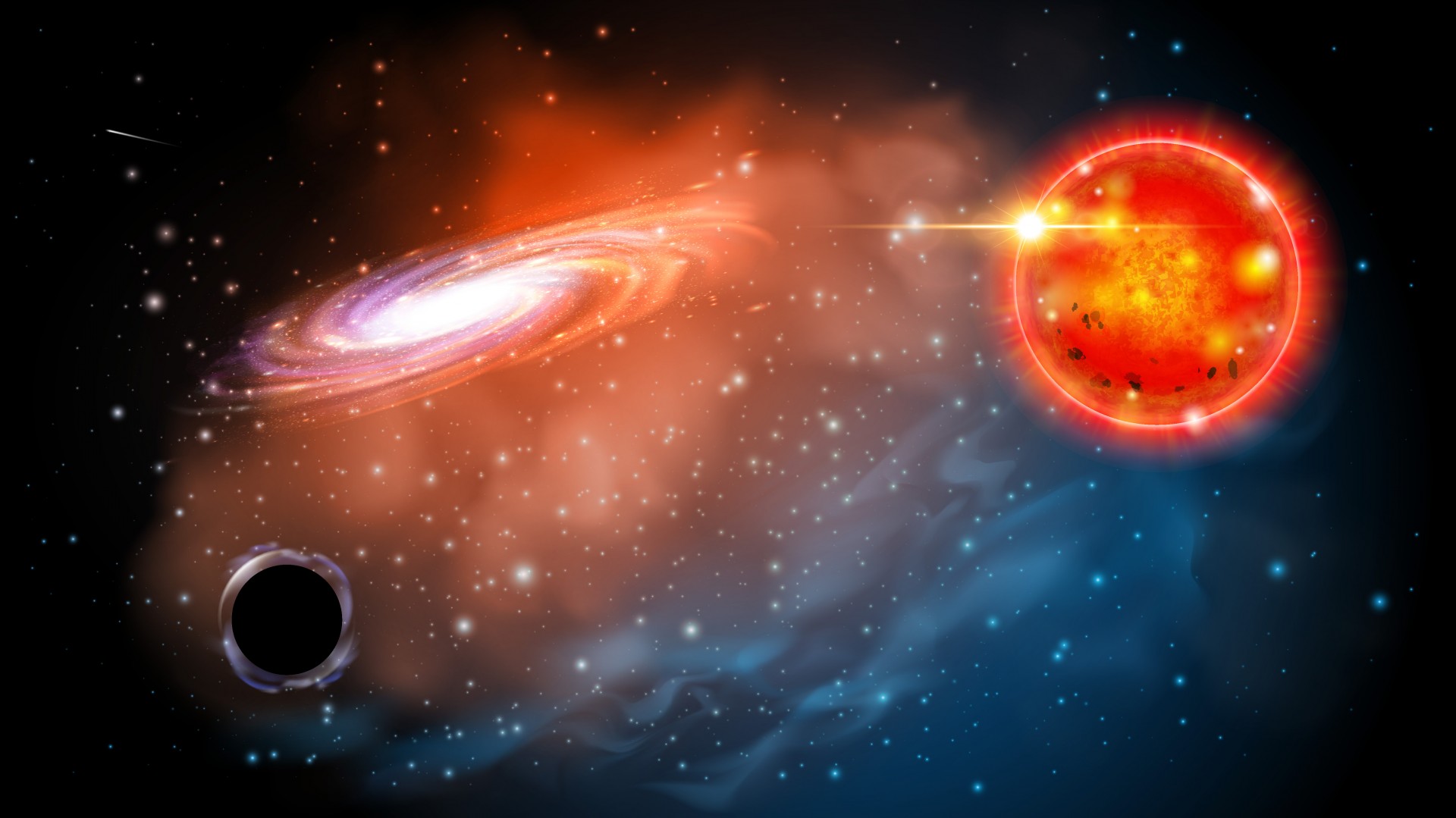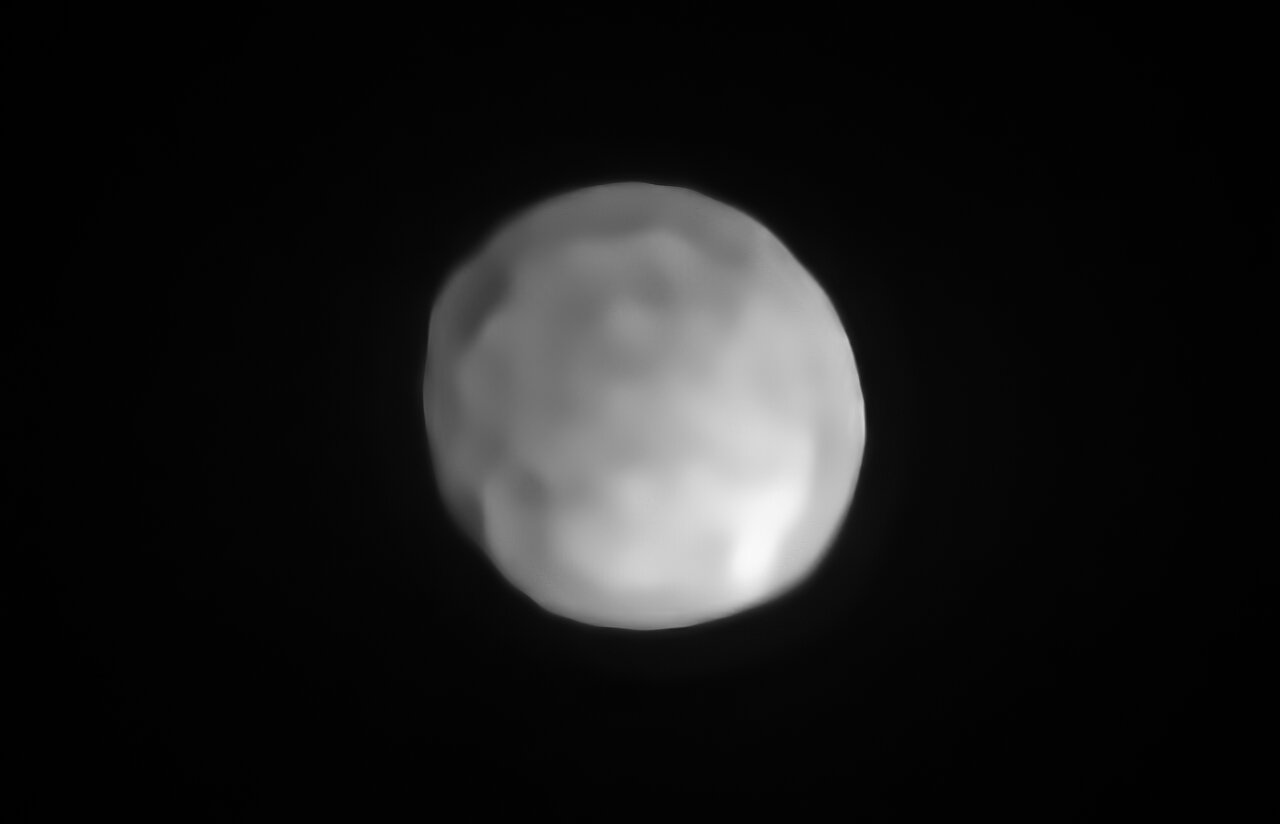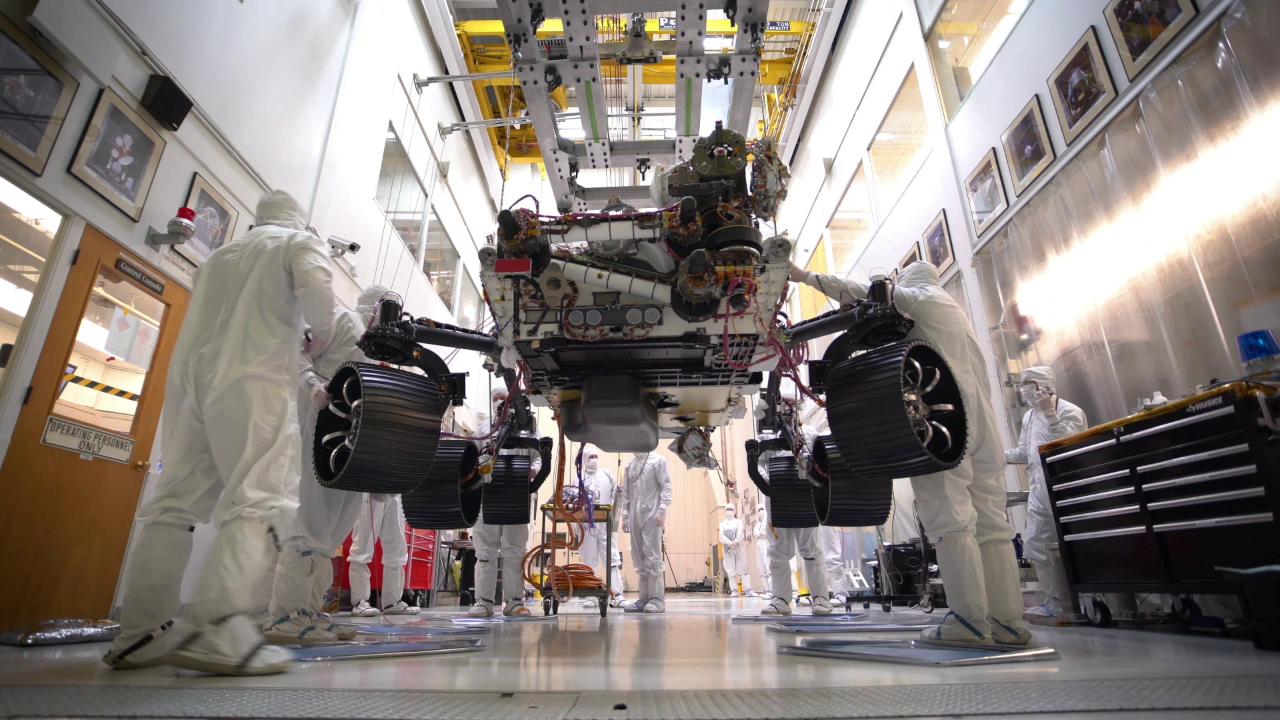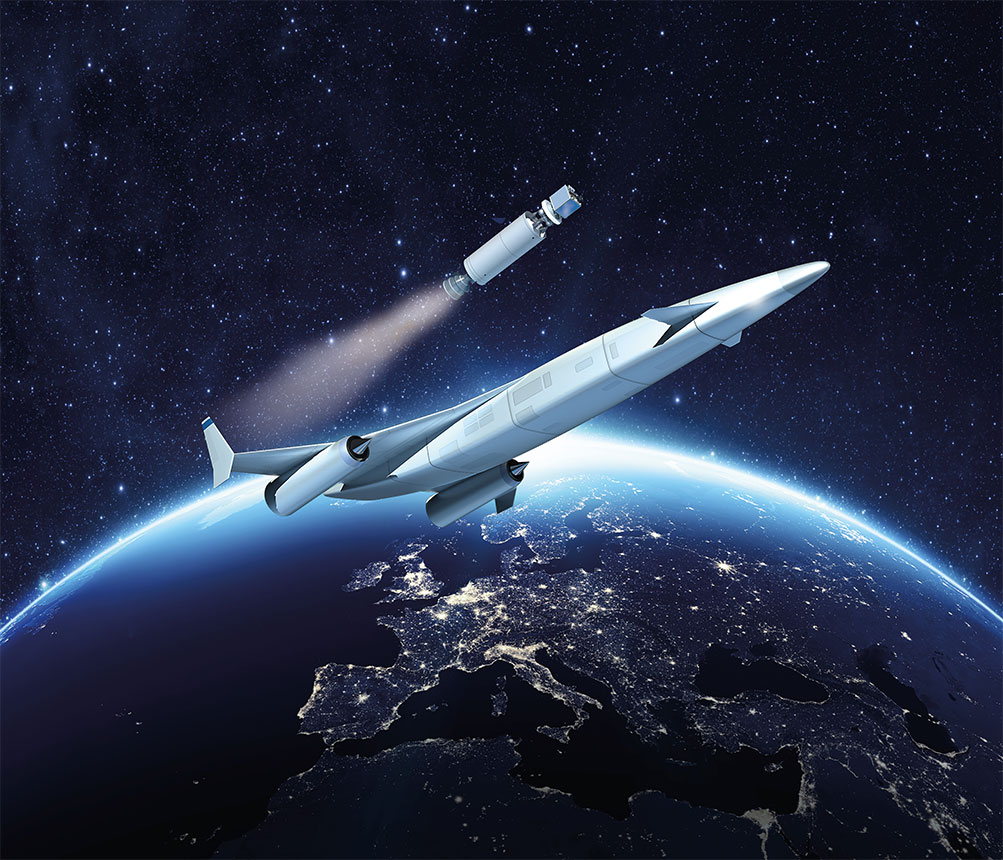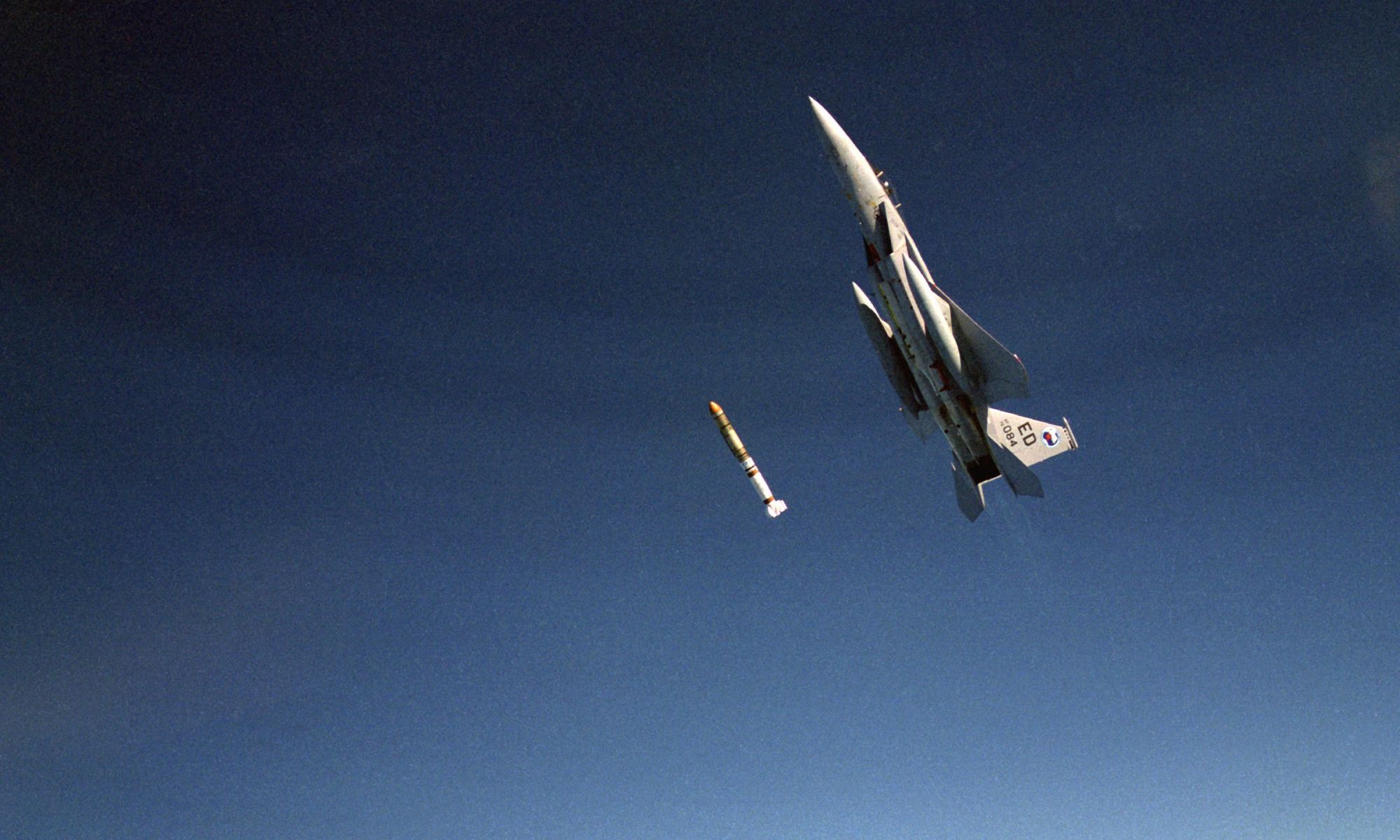One of the most exciting things about space exploration today is the ways in which it is getting more cost-effective. Between reusable rockets, miniaturized electronics, and low-cost launch services, space is becoming more accessible and populated. However, this also presents a challenge when it comes to conventional methods for maintaining spacecraft and satellites.
One of the biggest challenges is packing electronics into tighter spaces, which makes it harder to keep them at operational temperatures. To address this, engineers at NASA are developing a new system known as microgap-cooling technology. During two recent test flights, NASA demonstrated that this method is effective at removing heat and can also function in a weightless environment.
Continue reading “NASA Has a New Method For Cooling Down Electronics Crammed Together in a Spacecraft”
